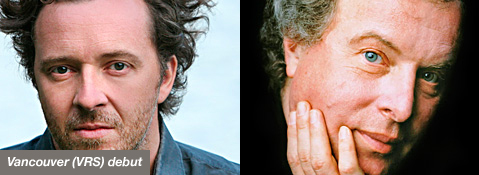Author: VRS
-
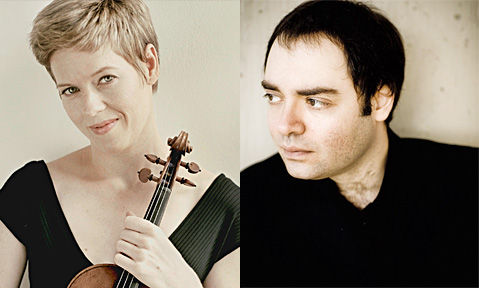
PROGRAM NOTES: THE BEETHOVEN PROJECT
Ludwig van Beethoven The Ten Violin Sonatas Beethoven wrote his first violin sonatas, a set of three (Op. 12) in 1797-98. Six more appeared by early 1803, making a fairly compressed time span for a medium in which Beethoven was to write just one more in 1812. All but the tenth were written before the…
-
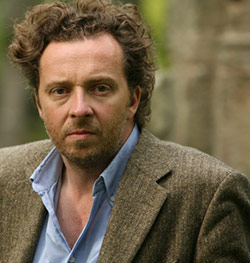
GETTING TO KNOW BARITONE CHRISTIAN GERHAHER
Christian Gerhaher on the origins on German Lied (song): The German Lied was born into quite special circumstances. The composer found himself creating something with no pre-existing format, which in practical performance terms was restricted to a quite intimate situation, which will later become the famous Schubertiade. That means it had a more social than…
-

ONE OF OUR FAVOURITE COMPOSERS: FRANZ SCHUBERT
“When Schubert wants to tell you something important, he will usually lower his voice rather than raise it – he draws you into the message, rather than projects it out to you.” Paul Lewis Last week, we pointed out Franz Schubert, a much-loved composer by our audiences, will be well represented in our 2012-2013 season.…
-

SOME THOUGHTS ON OUR UPCOMING 12-13 SEASON
Today we want to share with you a few thoughts and facts about our recently announced 2012-2013 season: UP FIRST: On October 5 András Schiff will open the 33rd season with an all-Bach program. In fact, András was one of the first artists who launched the Vancouver Recital Society in 1981. Like so many…
-
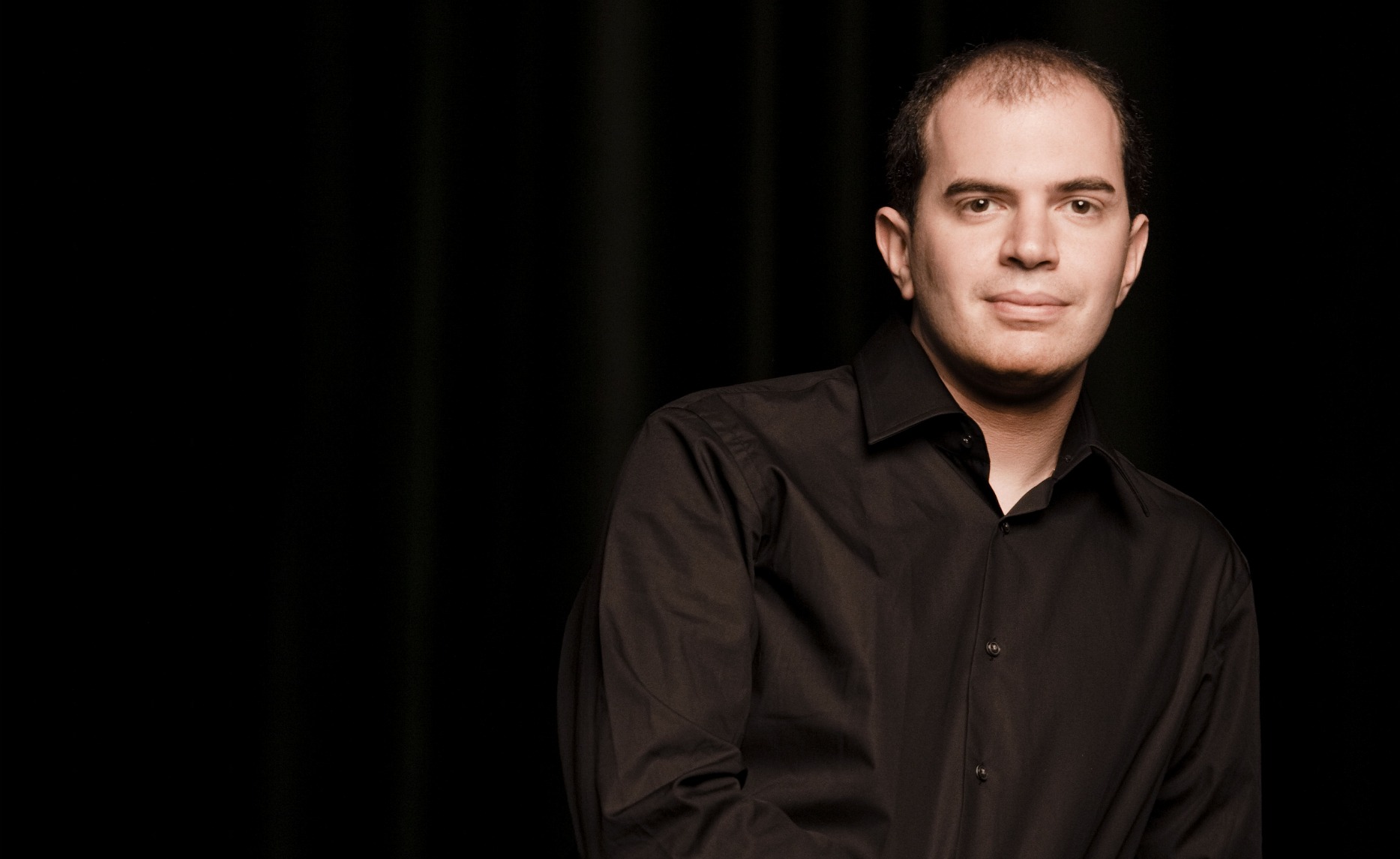
PROGRAM NOTES: KIRILL GERSTEIN
Johann Sebastian Bach English Suite no. 6 in D minor, BWV 811 Bach’s Partitas, English Suites and French Suites – six of each – collectively rank among the glories of the keyboard literature. Each is a four-part sequence of dance movements, all in the same key but varied by rhythm, tempo and mood: Allemande, Courante,…
-
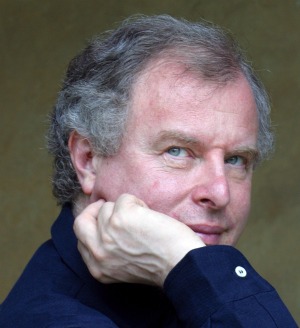
LEILA GETZ: WHY I LOVE ANDRAS SCHIFF
Yesterday I watched a video on the VRS YouTube channel featuring pianist Shai Wosner playing the concluding portion of Schumann’s “Carnaval”. I enjoyed it very much. As the video concluded, another video on the YouTube sidebar caught my eye: András Schiff playing the Andantino from Schubert’s Sonata in A Major, D959. I clicked on it…
-
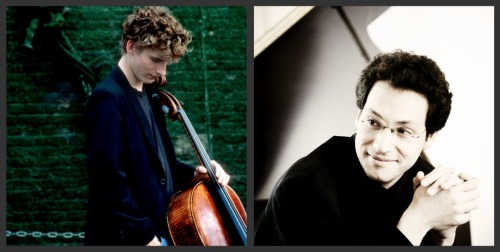
PROGRAM NOTES: ANDREAS BRANTELID & SHAI WOSNER
Claude Debussy: Sonata for Cello and Piano Few works of Claude Debussy (1862-1918) bear generic titles like symphony, quartet, concerto or sonata. Most have descriptive or evocative titles like Printemps, Jeux, Claire de lune, La mer, Nocturnes or Ibéria. Since chamber music tends, more than any other, to rely on the traditional forms of classical…
-

SAFEGUARDING THE ARTS IN VANCOUVER
By now, many of you have heard the sad news that the Playhouse Theatre Company commenced to wind down operations as of March 10. On the preceding day, Leila and I attended the announcement, which could only be described as a wake for a departed loved-one. An unusual silence fell over the assembled group…


